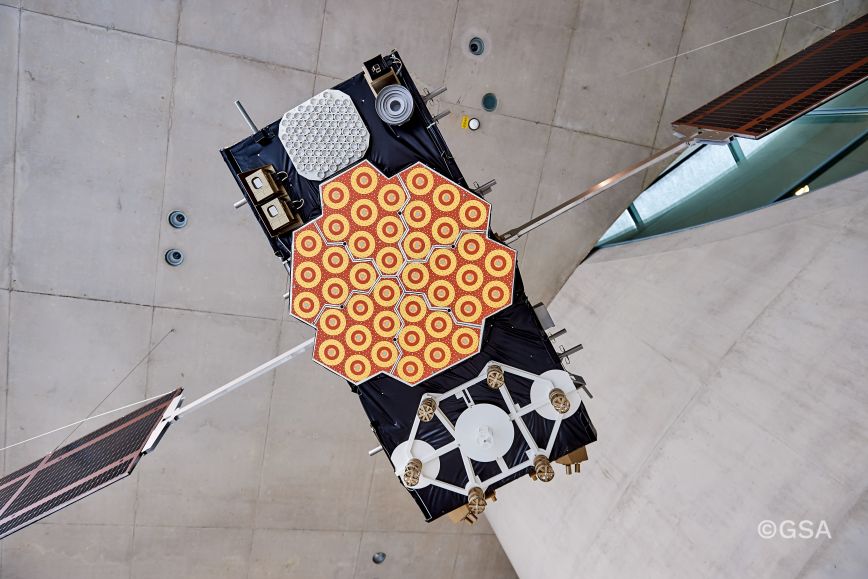Galileo HAS improves the accuracy of positioning by providing precise corrections for users through Galileo satellites. If it were not for the corrections provided by HAS, the accuracy of satellite positioning would be a few metres. When using the service, the user’s device receives HAS corrections together with regular positioning signals from satellites and computes a high-accuracy positioning solution. The 20 cm accuracy provided by HAS offers various opportunities.
– Agriculture and forestry may gain significant benefits if the accuracy provided by HAS is sufficient for example for ploughing or defining felling areas. The service is also expected to provide significant benefits for smart transport, as the estimated accuracy will be sufficient to define the lane each car is in when the conditions are just right, says Topi Rikkinen, Senior Specialist at the National Land Survey of Finland (NLS).
Corrections provided in an entirely new way
HAS corrections are transmitted from all Galileo satellites. This differs from other similar services, in which corrections are transmitted from a few geosynchronous satellites or through the data communications network. However, the visibility of geosynchronous satellites is limited in the southern sky, and data connections are not available in all conditions. The use of Galileo HAS requires no external transmission of corrections, as its corrections are available whenever the Galileo system is available.
– Corrections are generated using a network of terrestrial monitoring stations, whose observations are used to model factors affecting the accuracy of satellite positioning. The models are used to generate corrections that are then transmitted to Galileo satellites and further to service users, says Rikkinen.
To use HAS, the user’s satellite positioning equipment must be able to receive Galileo signals over the E6 frequency band (1,278.75 MHz). It must also be able to use the corrections based on Precise Point Positioning (PPP) methods. Equipment that can use HAS corrections is expected to be available on the market soon.
Accurate positioning more quickly
Currently, HAS operates at Service level 1. It provides corrections for satellite clock and orbit errors, as well as code and phase biases. In addition to Galileo, HAS provides corrections for these errors for GPS. At Service Level 1, receiving a precise positioning accuracy takes five to ten minutes after starting the receiver, depending on the conditions. Corrections at Service Level 1 are available globally, while the positioning accuracy achieved in certain Pacific regions may be lower.
– The next service level will be available later. The service will then use a larger network of ground stations and also provide regional corrections. They help correct any errors in the positioning signal caused by the atmosphere, or at least the ionosphere, says Rikkinen. Atmospheric corrections can reduce the time during which a precise solution can be achieved.
Power of cooperation
The Finnish Transport and Communications Agency (Traficom) is Finland’s national authority responsible for the European Galileo satellite positioning system’s service production. Traficom also participates in EU working groups that steer the Galileo system’s operations and development. The National Land Survey (NLS) provides and uses services related to satellite positioning, and the Finnish Geospatial Research Institute (FGI) of the NLS studies satellite positioning broadly. The organisations are engaged in cooperation in the field of satellite positioning.
– The rapid adoption of new system features in different areas of application allows society to evolve and also provides Finnish companies with a competitive edge. However, this calls for international influencing and proactive research to build expertise. It is important that Finland has a strong culture of cooperation between different organisations, says Tero Vihavainen, Chief Specialist at Traficom.
More information:
Topi Rikkinen, Senior Specialist, firstname.lastname@nls.fi, tel. +358 50 323 5276
Tero Vihavainen, Chief Specialist, firstname.lastname@traficom.fi, tel. +358 29 539 0121


